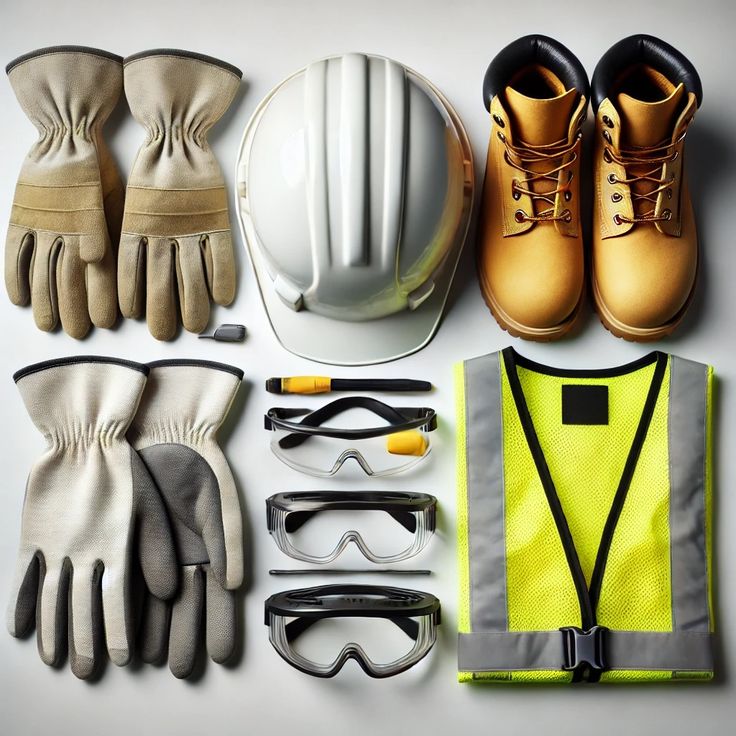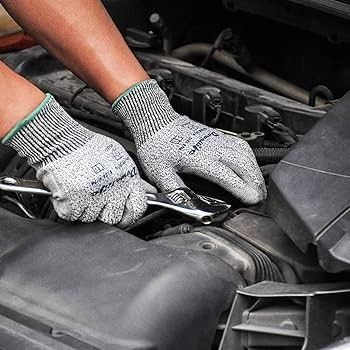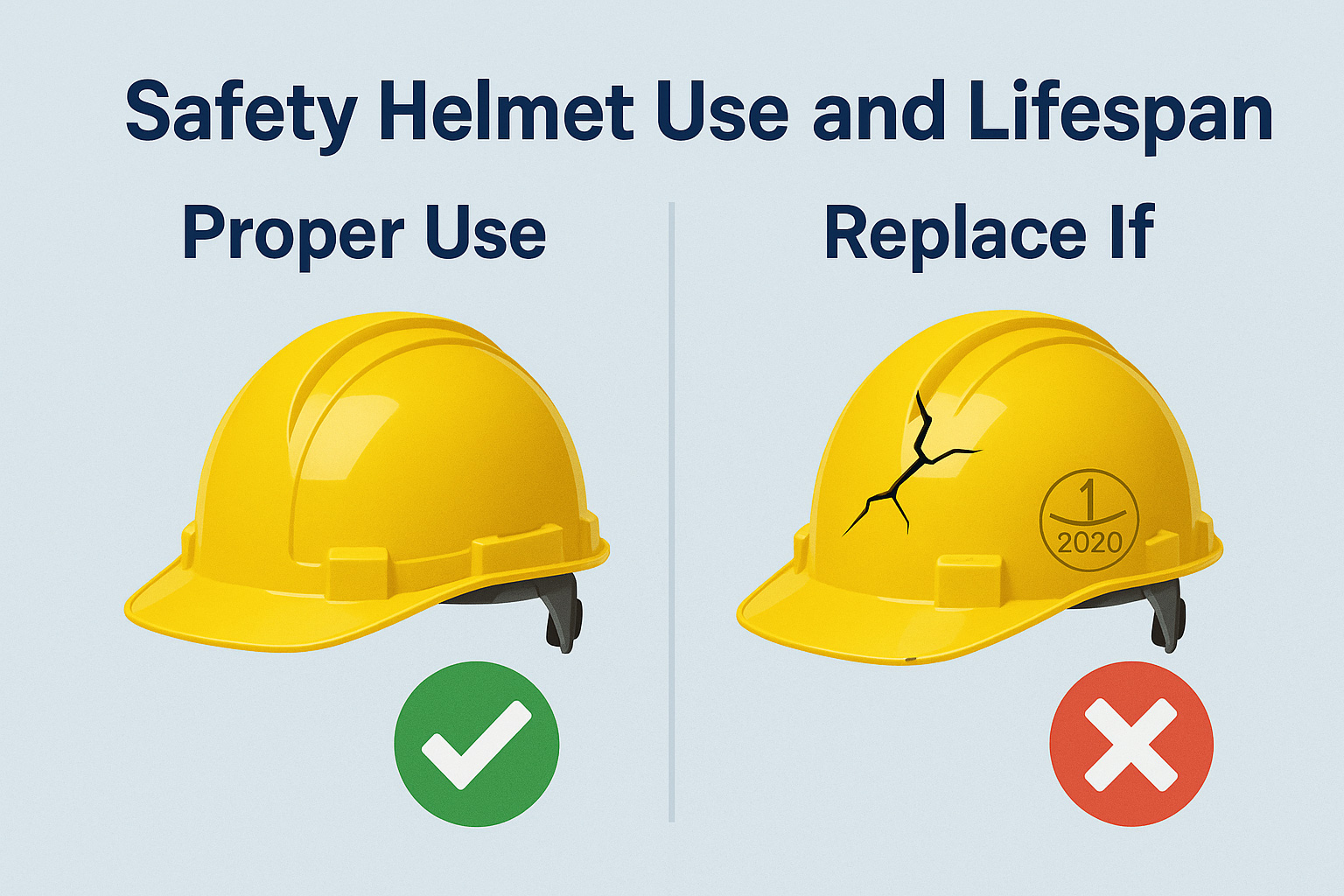Latest Safety Gear Trends in Oil & Construction Industries
Upload Time:
May 06, 2025
Evolving Demands for Safety Gear in the Oil and Construction Industries
As the oil and construction sectors continue to develop rapidly, the demand for more advanced, durable, and customized personal protective equipment (PPE) has intensified. These industries are inherently high-risk, requiring employers and suppliers to stay ahead of emerging safety challenges, regulatory updates, and technological innovations.
1. Stricter Safety Standards and Regulations
Global awareness around occupational safety has grown in recent years, leading to stricter enforcement of safety regulations by governments and industry bodies. Companies are now required to provide certified PPE that meets or exceeds local and international standards, such as ANSI, EN ISO, and OSHA. This has created a shift from basic protection gear to performance-enhanced solutions, especially in environments exposed to extreme temperatures, hazardous chemicals, or high-impact activities.
2. Focus on Comfort and Ergonomics
Today's workers are demanding more comfortable and wearable protective equipment. In the past, safety gear was often bulky and restrictive. Now, laborers in both the oilfields and construction sites expect breathable materials, better weight distribution, and ergonomic fits that reduce fatigue during long hours of work. Padded gloves, anti-fatigue insoles, and adjustable safety glasses are examples of innovations designed with user comfort in mind.
3. The Rise of Specialized and Task-Specific PPE
A one-size-fits-all approach no longer meets the diverse needs of these industries. For instance, offshore oil rig workers require waterproof and flame-resistant gear, while high-rise construction workers prioritize fall protection and visibility. As a result, demand for task-specific PPE is on the rise. Manufacturers are responding by offering customizable solutions tailored to individual job roles and environments.
4. Technology-Driven Innovations
Technology is reshaping the future of safety gear. Smart helmets with communication systems, wearable sensors that track vital signs, and PPE embedded with RFID for inventory tracking are becoming more common. These technologies not only enhance safety but also improve efficiency and accountability on site.
5. Sustainability and Reusability
Sustainability is another emerging factor. As environmental responsibility becomes a priority, there is increasing interest in eco-friendly and reusable PPE. Products made from recycled materials or designed for longer life cycles are gaining popularity, especially among forward-thinking companies.
SAILGOOD’s Commitment to Meeting Evolving Industry Needs
At SAILGOOD, we are committed to providing high-quality, innovative safety gear tailored to the oil and construction sectors. Our product range includes industrial safety shoes, protective gloves, safety glasses, and more—each developed with advanced materials, ergonomic design, and compliance in mind. We also offer OEM and ODM services to meet your customization needs.
We understand that safety is not just a requirement—it's a responsibility. That's why we continue to invest in R&D, quality control, and customer collaboration to stay at the forefront of industry needs.
Looking for tailored PPE solutions for your business?
Contact our team today to learn how SAILGOOD can help protect your workforce and support your operations.
Relevant News








